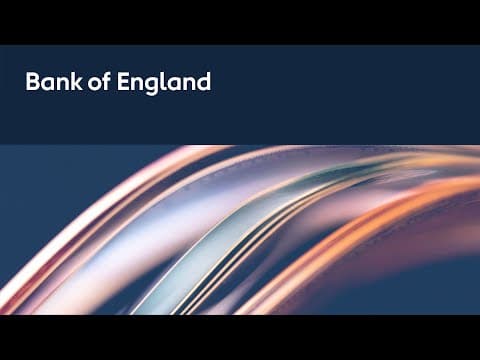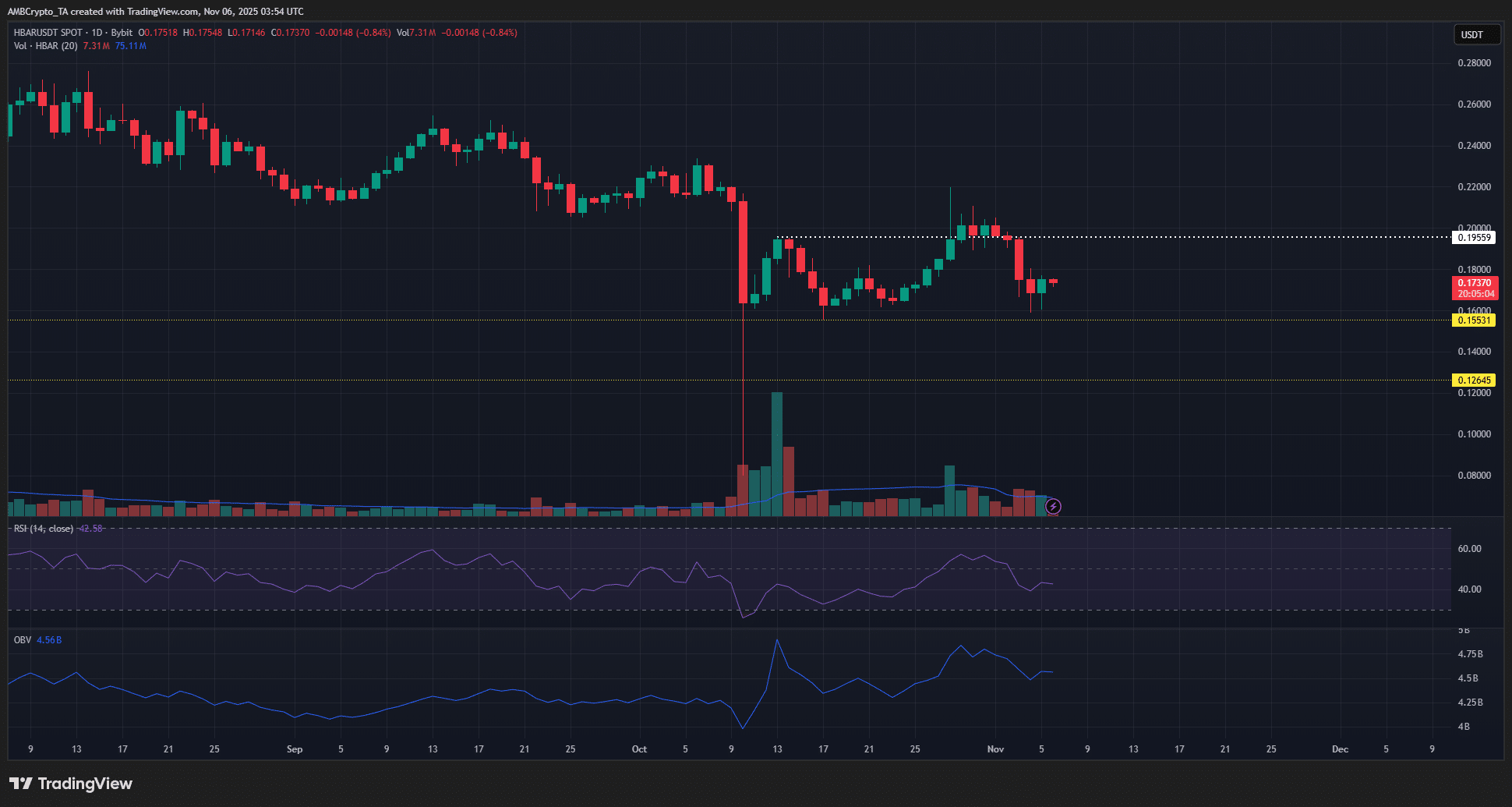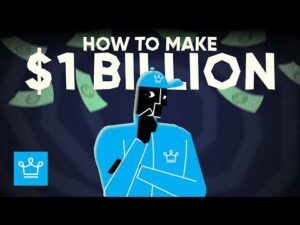BoE’s Rate Freeze Shocker: What Governor Bailey’s Silence Really Means for Your Money and Market Moves
Ever wonder why the Bank of England keeps its policy rate on a tight leash, choosing to hold it steady at 4% instead of making a dramatic move? It’s a bit like watching a tightrope walker—steady, cautious, but always calculating each step with precision. Governor Andrew Bailey’s recent remarks shed light on a careful dance with inflation, hinting that we’re nowhere near the curtain call on rate cuts just yet. With inflation showing some early signs of cooling but still playing hard to get, the Bank is holding its cards close, aiming for that elusive “downward path” before easing off the brakes. Meanwhile, markets and investors are on edge, pondering — will the next move be a gentle descent or a surprising twist? If there’s one thing this tells us, it’s that navigating economic waters requires patience and sharp eyes, and perhaps a pinch of faith that the gradual path is the wisest. Curious about what this means for your investments and the GBP/USD dance? Dive deeper into the insights straight from the source. LEARN MORE
Bank of England Governor Andrew Bailey speaks on the policy outlook and responds to questions from the press after leaving the policy rate unchanged at 4% at the November meeting.

BoE press conference key quotes
“We need to see downward path of inflation become more established before we cut rates again.”
“We are likely to continue to be on a gradual downward path for rates.”
“Provided there is no repeat of past rises in administered prices, this should shave another half percentage point off services price inflation in H2 2026.”
“We expect pass-through of non-wage labour costs including NICS rise to limit decline in services price inflation in next few months.”
“We have to remain careful that higher food and energy prices do not lead to 2nd-round effects on wage- and price-setting.”
“It is encouraging that inflation peak in sept was 0.2 percentage points below our August forecast.”
“Latest data point on inflation was encouraging but only one data point.”
“BoE’s next asset purchase facility will include new measure that paints a somewhat different picture of Qt costs.”
“Our approach is to transition to a system where reserves are primarily supplied via repos.”
“We are at quite an important moment here for UK data.”
“Market curve does give a reasonable view of a sensible path for rates.”
“”Some MPC members, including me, do not have a confident view on an equilibrium terminal rate.”
This section below was published at 12:00 GMT to cover the Bank of England’s (BoE) monetary policy announcements and the initial market reaction.
The Bank of England announced on Thursday that it left the policy rate unchanged at 4% following the November policy meeting, as anticipated.
Four members of the BoE’s Monetary Policy Committee (MPC), Breeden, Dhingra, Ramsden and Taylor, voted in favor of reducing the policy rate by 25 basis points (bps).
Key takeaways from the BoE policy statement
“We still think rates are on a gradual path downwards but need to be sure CPI on track for 2% before cutting again.”
“Overall risks to inflation are more balanced, value in waiting for further evidence this year.”
“CPI judged to have peaked at 3.8% in Sept, falls below target in Q2 2027.”
“Risk from greater inflation persistence less pronounced, risk from weaker demand more apparent.”
“UK economic activity is below potential, job vacancies have fallen and employment growth has stalled.”
“More evidence needed to be sure CPI is on track to return to 2%.”
“CPI could remain persistently high if administered prices rise again, cost pressures stay strong or firms raise profit margins.”
“Forecast shows CPI in one year’s time at 2.5% (August forecast: 2.7%), based on market interest rates.”
“Forecast shows CPI in three years’ time at 2.1% (August forecast: 2.0%), based on market interest rates.”
“Forecast shows CPı in two years’ time at 2.0% (August forecast: 2.0%), based on market interest rates.”
“BoE estimates GDP +0.2% QQ in Q3 2025 (September forecast: “Around 0.4%”), sees +0.3% QQ in Q4 2025.”
“Market rates imply similar loosening to August, show bank rate at 3.9% in Q4 2025, 3.5% in Q4 2026, 3.5% in Q4 2027, 3.6% in Q4 2028 (August: 3.8% in Q4 2025, 3.5% in Q4 2026 and 3.6% Q4 2027).”
“Forecasts show GDP growth in 2025 1.5% (August forecast: 1.25%), 2026 1.2% (August: 1.25%), 2027 1.6% (August 1.5%), 2028 1.8%, based on market rates.”
“BoE estimates private-sector regular wage growth in Q4 2025 3.5% YY (August forecast: 3.75%); Q4 2026 3.2% (August forecast: 3.25%); Q4 2027 2.9% (August: 3%); Q4 2028 3.2%.”
“BoE forecasts unemployment rate 5.0% in Q4 2025 (August forecast: 4.9%); Q4 2026 5.0% (August forecast: 4.9%); Q4 2027 4.9% (August forecast: 4.8%), Q4 2028 4.7%.”
“Restrictiveness of monetary policy has fallen as bank rate has been reduced.”
“If progress on disinflation continues bank rate is likely to continue on a gradual downward path.”
Market reaction to BoE policy announcements
GBP/USD retreated slightly from session highs with the immediate reaction to the BoE’s monetary policy announcements and was last seen trading at 1.3070, rising 0.12% on the day.
Pound Sterling Price Today
The table below shows the percentage change of British Pound (GBP) against listed major currencies today. British Pound was the strongest against the New Zealand Dollar.
| USD | EUR | GBP | JPY | CAD | AUD | NZD | CHF | |
|---|---|---|---|---|---|---|---|---|
| USD | -0.28% | -0.15% | -0.29% | -0.08% | -0.09% | 0.04% | -0.21% | |
| EUR | 0.28% | 0.14% | -0.04% | 0.20% | 0.19% | 0.32% | 0.07% | |
| GBP | 0.15% | -0.14% | -0.16% | 0.06% | 0.06% | 0.19% | -0.07% | |
| JPY | 0.29% | 0.04% | 0.16% | 0.22% | 0.22% | 0.33% | 0.10% | |
| CAD | 0.08% | -0.20% | -0.06% | -0.22% | -0.00% | 0.10% | -0.13% | |
| AUD | 0.09% | -0.19% | -0.06% | -0.22% | 0.00% | 0.13% | -0.13% | |
| NZD | -0.04% | -0.32% | -0.19% | -0.33% | -0.10% | -0.13% | -0.26% | |
| CHF | 0.21% | -0.07% | 0.07% | -0.10% | 0.13% | 0.13% | 0.26% |
The heat map shows percentage changes of major currencies against each other. The base currency is picked from the left column, while the quote currency is picked from the top row. For example, if you pick the British Pound from the left column and move along the horizontal line to the US Dollar, the percentage change displayed in the box will represent GBP (base)/USD (quote).
This section below was published as a preview of the Bank of England’s (BoE) interest rate decision at 06:00 GMT.
- The Bank of England is expected to keep its policy rate at 4%.
- UK inflation figures remain well above the BoE’s target.
- GBP/USD continues to trade at the lower end of its range, just over 1.3000.
The Bank of England (BoE) will announce its latest policy decision on Thursday, marking its seventh rate meeting of 2025.
Most analysts expect the ‘Old Lady’ to hold fire and keep the base rate at 4%, following the cut delivered back on August 7. Once the announcement lands, the bank will publish the meeting Minutes, offering a closer look at the debate behind the decision.
The market’s base case is for no change, but a 25-basis-point cut isn’t completely off the table. With the UK economy looking increasingly fragile and the fiscal picture continuing to worsen, there’s still a case for the BoE to ease a little further.
Cooling inflation and fiscal woes
The Bank of England kept interest rates on hold at 4% in September, after the Monetary Policy Committee voted 7–2 to stay put. Members Swati Dhingra and Adam Taylor backed a 25-basis-point cut, following the quarter-point reduction delivered in August.
In its latest statement, the BoE stuck to its forecast that inflation will peak around 4% this month before gradually easing back to the 2% target by mid-2027. On growth, the bank staff expect GDP to rise 0.4% in the July-to-September quarter, hardly booming, but still avoiding contraction.
Fresh data from the Office for National Statistics showed headline CPI inflation rising to 3.8% in September, while core inflation (excluding food and energy) eased slightly to 3.5%. Services inflation, often watched closely by the BoE, stayed stubborn at 4.7%, suggesting that underlying price pressures haven’t fully cooled.

Meanwhile, the fiscal picture remains challenging. Chancellor Rachel Reeves warned on Tuesday that broad tax rises could be coming, as she seeks to avoid a return to austerity. She described her upcoming second annual budget as one built on “hard choices”, protecting public services while keeping Britain’s debt in check.
With the budget just three weeks away, Reeves painted a bleak backdrop: pandemic-era debt, weak productivity, and sticky inflation. Her comments hinted she might even break Labour’s election pledge not to raise major taxes: a politically risky move, but one aimed at reassuring investors that the government intends to keep borrowing under control.
In the meantime, recent remarks from BoE policymakers struck a more cautious tone:
- MPC member Megan Greene said a couple of weeks ago that she didn’t see a strong case for the bank to keep cutting rates at the current quarterly pace, though she also noted the easing cycle isn’t finished yet.
- Governor Andrew Bailey, for his part, pointed to the October labour market data as evidence that underlying inflation pressures are continuing to cool. He also flagged that ongoing tariff uncertainty is weighing on business investment decisions, though, for now, it doesn’t seem to be filtering through to prices.
How will the BoE interest rate decision impact GBP/USD?
Investors expect the BoE to retain its reference rate at 4% on Thursday at 12:00 GMT.
While the outcome seems to be fully priced in, attention will focus on the vote split among MPC members, which might be a market mover for the British Pound if it indicates an atypical vote.
In the run-up to the meeting, GBP/USD appears to have met decent contention near the psychological 1.3000 threshold for now.
“Cable came under some strong and persistent downside pressure after hitting monthly tops near 1.3730 on September 17,” said Pablo Piovano, senior analyst at FXStreet. He notes that a decisive break below 1.3000 could see the pair slip back to the April valley at 1.2707 (April 7).
On the upside, Piovano identified the key 200-day Simple Moving Average (SMA) at 1.3254 as an important hurdle, ahead of minor resistance levels at the weekly top at 1.3471 (October 17) and the October ceiling at 1.3527 (October 1).
Meanwhile, a technical bounce should not be discarded in the short-term horizon, as the Relative Strength Index (RSI) places a spot in the oversold region at around 24, Piovano concludes.






![Why Did Story [IP] Fall Off a Cliff? The Shocking 88% User Exodus Nobody Saw Coming](https://wealthhealthself.com/wp-content/uploads/2025/11/why-did-story-ip-fall-off-a-cliff-the-shocking-88-user-exodus-nobody-saw-coming.jpg)













Post Comment